The delicious salad leaves to try in your garden that keep on giving with ‘cut and grow’
Pulling up entire salad plants seems like madness once you've moved on to 'cut and grow again' as Mark Diacono explains.
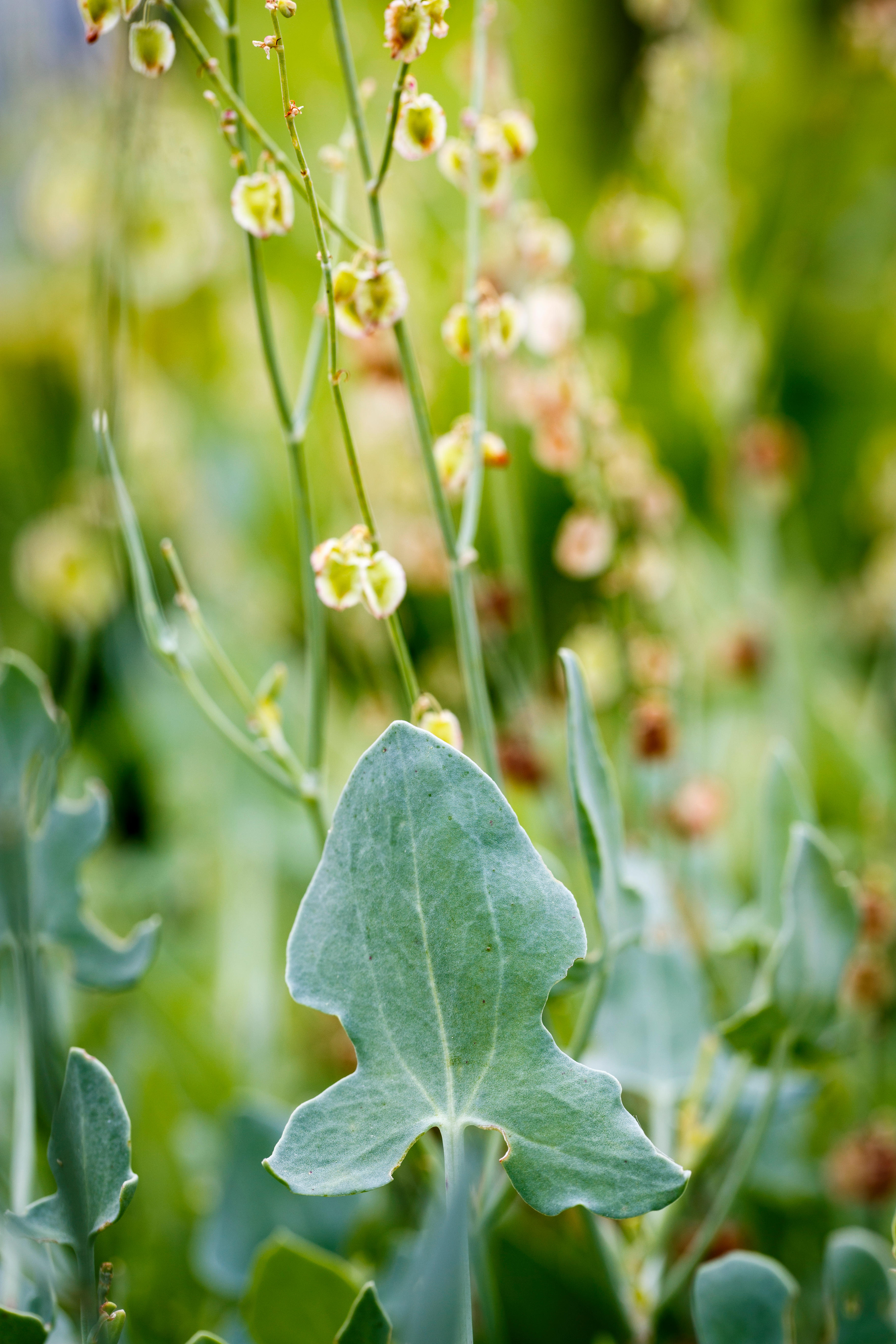

One of the great pleasures of growing your own food is eating the ‘unbuyable’. Without a kitchen garden, I wouldn’t get to enjoy unusuals such as Chilean guava and sweet cicely, but I get at least as much pleasure from the diversity of flavour, colour and texture in everyday vegetables that goes so far beyond what’s available in the shops.
This is especially the case with salad leaves. Open any vegetable seed catalogue and you enter a world far beyond the perfectly pleasant salads on supermarket shelves. Australian Yellow Leaf, Butter-crunch, Reine de Glace, Marvel of Four Seasons and Green in Snow are among the many salad leaves I now wouldn’t be without.
Even growing supermarket familiars such as rocket and Little Gem is a revelation in texture, as you can enjoy them at their peak, the day – the hour – they’re picked.
It’s not just what you grow, it’s how you grow it that’s yours to choose. When I grow some salads for picking as whole lettuces, I also sow many in mixed patches to harvest little and often, using a ‘cut-and-come-again’ approach that gives me the lively bowl of contrasting flavours, colours and textures that I often want.
With ‘cut and come again’, you take leaves only, leaving a 1in base and the roots as the engine room to re-grow leaves for picking later.
There are two ways of doing this: pinching off larger leaves around the outside or slicing horizontally though the whole plant. The former allows you to create a small mixed salad, while cutting is perfect for when you want greater quantities.
Once you start picking in this way, the madness of always pulling up the whole plant, roots and all, when you’ve waited so long for it to establish, becomes very apparent. Pull up the entire plant and you have to sow, care and wait for the seedlings to mature; with ‘cut-and-come-again’ you have just 10 to 18 days (depending on location, time of year, etc) until new leaves are ready to be harvested.
Sign up for the Country Life Newsletter
Exquisite houses, the beauty of Nature, and how to get the most from your life, straight to your inbox.
‘Cut-and-come-again’ is an extraordinarily effective way of growing salad leaves: you sow less, take up little space, can harvest more frequently, it saves time and getting three or four harvests per seed makes it excellent value.
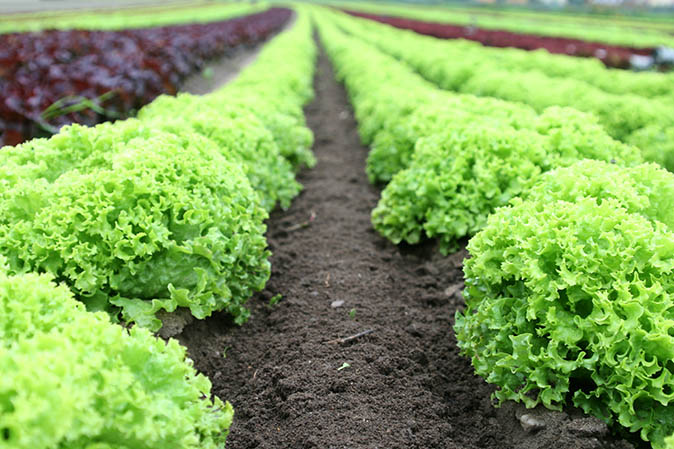
Eventually, the leaves’ succulence fades. The instant this occurs, sow another batch that can establish while you’re enjoying the last pickings from the first wave.
Almost all salad leaves are suited to ‘cut and come again’. As well as lettuces of most persuasions, rocket and Buckler Leaf Sorrel, oriental leaves are a year-round favourite in my garden: although deliciously diverse in shape, texture, flavour and colour, the orientals share a degree of mustardy heat that intensifies as the leaves grow large. Wonderful, small and succulent, they are also fabulous stir-fried when they grow larger.
They even thrive in winter as much as summer: I’ve scooped 6in of snow from a line of Giant Red Mustard and it’s been ready to eat, wilted, in place of horseradish in a beef sandwich.
One small shift in mindset with the ‘cut-and-come-again’ approach is to think of the engine room as the priority. If you have too many leaves ready at once or are going away for a day or two, cut the leaves off.
The moment you allow leaves to toughen or the plant to run to seed, you can never recover the flavour and succulence: better to lose a few good leaves to the compost bin or a neighbour and have more to follow in a few days.
Six salad leaves that flourish with the ‘cut and grow’ method
Rocket
I grow wild rocket year round and salad rocket (aka rucola) in winter as it bolts easily in summer.
Green in Snow
My favourite oriental leaf salad, with the texture of firm lettuce but a mustard punch.
Buckler Leaf Sorrel
Small leaves, intense lemony flavour. Use it sparingly to add punctuation to plainer leaves.
Lettuce Solix
Beautiful, slow to bolt, reliable and delicious.
Green Oak Leaf
Superb, reliable, productive all-rounder.
Mibuna Green Spray
The subtlest mibuna variety – with a fresh zing in flavour and colour.
Mark Diacono grows his own food at Otter Farm in Devon – www.otterfarm.co.uk
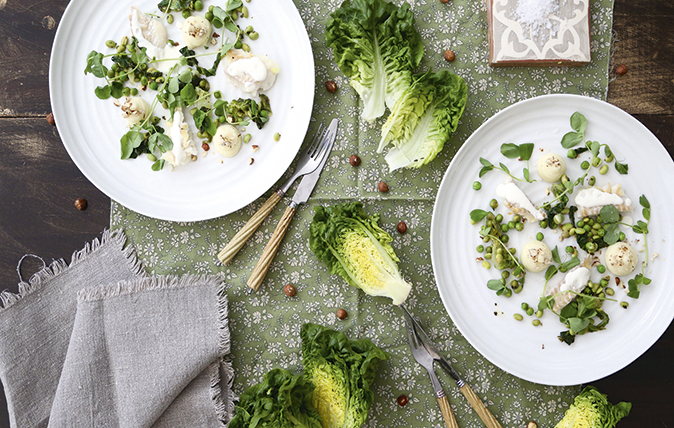
Pan-fried cod with hazelnut mash and braised lettuce with peas and soya beans
Nothing compares to the soft, floppy leaves of a homegrown British lettuce.
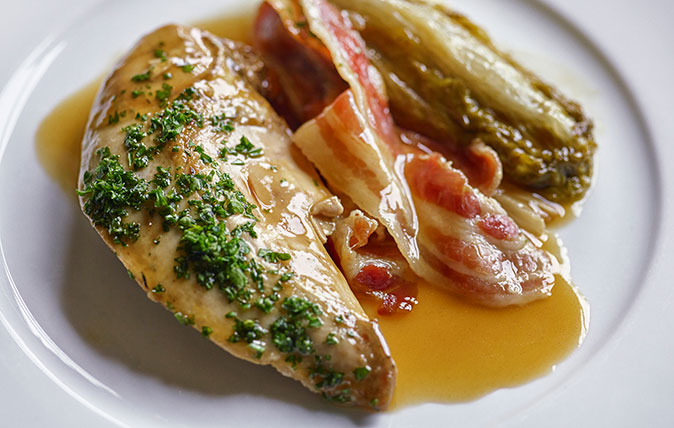
Credit: Jason Lowe
How to make roast pheasant with bacon and braised lettuce

Greatest Recipes Ever: Marcella Hazan’s gorgonzola salad
Fergus Henderson picks Marcella Hazan’s gorgonzola salad as one of his greatest recipes ever
Mark is lucky enough to spend most of his time eating, growing, writing and talking about food. He has written fourteen award-winning books, including A Year at Otter Farm and A Taste of the Unexpected (both won Food Book of the Year, and Garden Book of the Year). Known for growing everything from Szechuan pepper to pecans to Asian pears, Mark's refreshing approach to growing and eating has done much to inspire a new generation to grow some of what they eat. He was involved in the early days of River Cottage, appearing in the TV series, and writing four River Cottage books. Mark writes to a global audience on his best-selling Substack: Mark Diacono’s Abundance.
-
 From Vinted to Velázquez: The younger generations' appetite for antiques and Old Masters
From Vinted to Velázquez: The younger generations' appetite for antiques and Old MastersThe younger generations’ appetite for everything vintage bodes well for the future, says Huon Mallalieu, at a time when an extraordinary Old Masters collection is about to go under the hammer.
By Huon Mallalieu
-
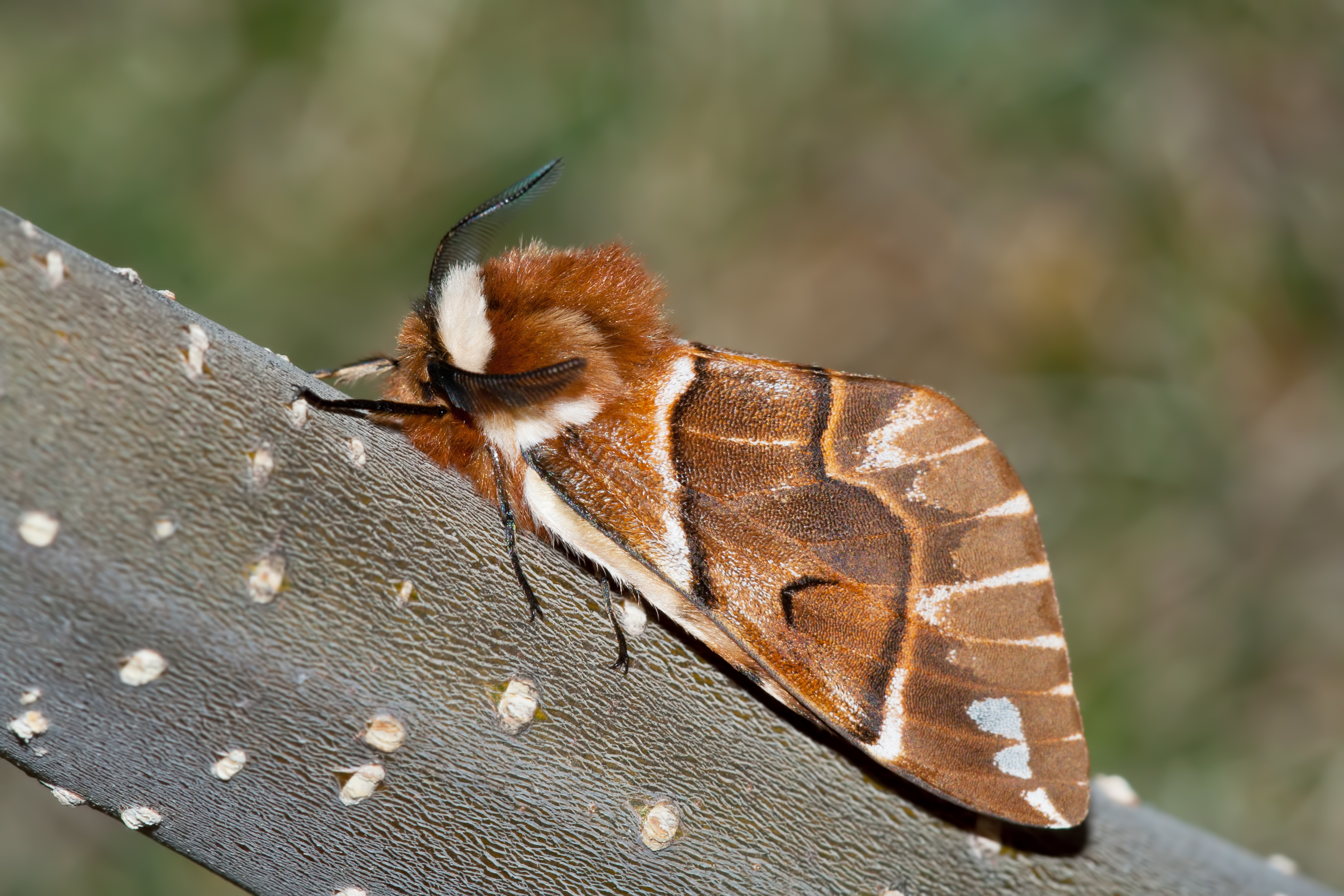 In all its glory: One of Britain’s most striking moth species could be making a comeback
In all its glory: One of Britain’s most striking moth species could be making a comebackThe Kentish glory moth has been absent from England and Wales for around 50 years.
By Jack Watkins